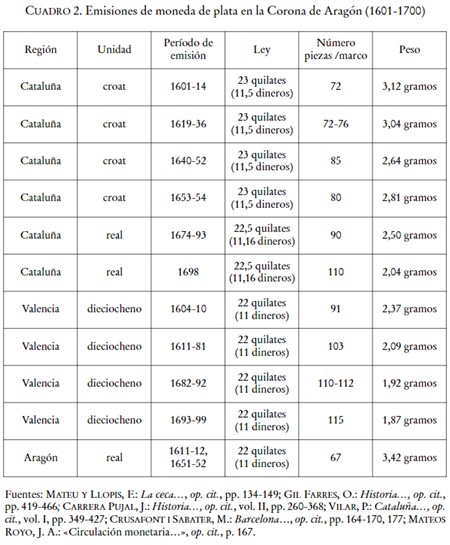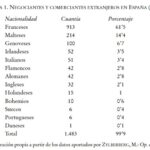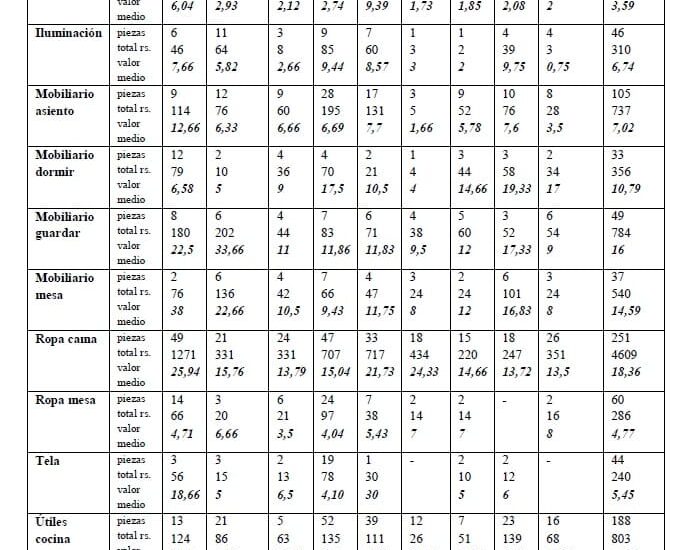
Imperial Spain welcomed large numbers of merchants from other parts of the European continent. The resource deals with the number and percentage of these traders on Spanish peninsular territory in 1764. In quantitative terms, the presence of French merchants stands out (913, 61.5% of the total of 1,483). The arrival of the Bourbons to the Spanish throne led to the growth of Spanish-Galician trade with respect to the Habsburg dynasty; Spain was the main market where France placed its products. However, this level of trade declined as the century progressed, but the established French continued to have great negotiating and commercial influence. The Maltese were the second largest group: 214 (14.4%), far behind the Genoese (100, 6.7%) and the Irish (52, 3.5%). Due to the thalassocratic characteristics of the Spanish Empire, merchants tended to settle in port or transit areas.
Collection: Statistics
Project: 2. Social and economic impact of technological revolutions in Europe., 3. Rural world and urban world in the formation of the European identity., 4. Family, daily life and social inequality in Europe.
Chronology: XVIII
Scope: Secondary Education, Baccalaureate, University
Link: https://revistas.usal.es/index.php/Studia_Historica/article/view/7759/7818
Resource type: Statistics
Format: Table
Source: Aragón Ruano, A. (2009). "Con casa, familia y domicilio. Mercaderes extranjeros en Guipúzcoa durante la edad moderna", en Studia Historica, vol. 31, p. 184.
Language: Spanish
Date: 2009
Owner: Pablo Ballesta Fernández (Modernalia)
Copyright: ©Studia Historica ©Álvaro Aragón Ruano
Abstract: Resource showing the number of merchants and traders in mid-18th century Spain, a time when the Bourbon monarchy was the main market where France sold its products
Image
Tags






